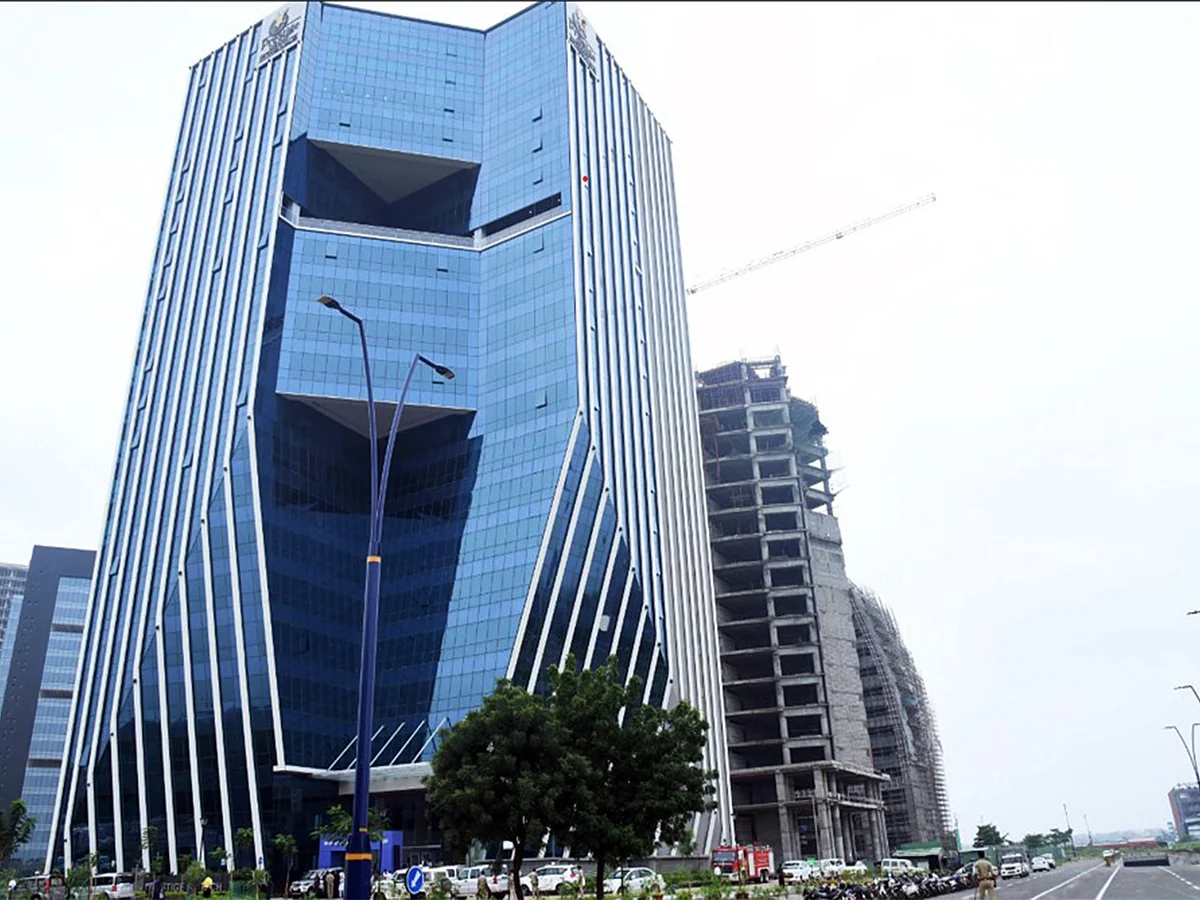
Why The Future Of Cloud Services Runs Through India
On a warm July afternoon in Navi Mumbai's Airoli district, construction crews at Colt Data Centre Services' new campus paused for a moment of quiet certainty: this was not just another data centre. It was a signal that India's digital infrastructure ambitions had entered hyperscale mode. The Mumbai data center is being developed as part of a joint venture between the British-backed operator and Indian real estate and infrastructure firm RMZ Corp, with an investment of around $1.7 billion.
In GIFT City, Gujarat, Yotta Data Services is building an AI-driven data centre in collaboration with NVIDIA, for AI and machine learning workloads.
Recommended For You Mahira and Fawad Khan talk about bringing Neelofar to lifeGoogle AI Data Hub (Visakhapatnam) is investing $15 billion to build gigawatt-scale AI data centre operations and subsea gateway, slated as Google's largest global hub, aligned with Viksit Bharat Vision
Meta & Reliance Industries (Gujarat) are involved in a joint venture with an initial investment of around $97 million for gigawatt-scale AI data centre infrastructure.
These are just some from a long list of projects in India that are embodying the five key trends powering India's leap into global data-centre leadership.
India's data-centre capacity is on a meteoric rise. According to recent estimates, installed capacity stands at roughly 1.26 GW as of April 2025, up from 307 MW in 2018 which is a four-fold increase in seven years. Industry observers expect the country's capacity to swell beyond 4.5 GW by 2030, backed by US$20-25 billion in investments.
Projects such as Colt's Navi Mumbai campus show how the industry is moving into truly hyperscale territory. Having land-banking, modular builds and multi-phase expansions are becoming the norm - India is shifting from hundreds of megawatts to gigawatt-scale build outs.
The Indian government has taken significant steps to bolster the data centre sector, granting it infrastructure status and encouraging local and international investment. The country is now home to 262 data centres and ranks seventh in the world, just behind France and Canada (264 each).
Clearly, India isn't incrementally building data centres; it's gearing up to house the engines of global digital infrastructure.
Policy push and sovereignty
Central and state governments are actively shaping the data-centre environment so that projects like Google's and RIL's aren't outliers but part of a coherent national vision. The Digital India Act (in preparation) and the upcoming Data Protection Act enforce data-localisation, digital sovereignty and give clarity to investor confidence. At the state level, many governments are offering incentives such as capital subsidies, power-tariff breaks, and streamlined land approvals specifically for data-centre parks.
Data centres are electricity-hungry beasts and call for computing, cooling, backup generators. India turns this challenge into advantage. Even as the country is racing to achieve 500 GW of non-fossil energy by 2030, many data-centre parks are being developed alongside solar and wind farms, or at least with green power purchase arrangements.
For instance, sectors projecting hyperscale builds now stress renewable integration. According to a Colliers report, about 25 % of existing supply is green-certified, potentially climbing to 30-40 % by 2030.
Geography is destiny, and India's location places it squarely at the intersection of Asia-Pacific and the Middle East. Subsea cable landings, edge-node dispersion, and regional latency imperatives all favour India as a hub.
Experts say India's data centre industry is expected to attract $20–25 billion in fresh investments in the next five to six years. The fast-growing industry is also poised to grow its real estate footprint more than threefold to nearly 55 million sq ft by 2030-end from 15.9 million sq ft currently.
Connectivity to global cloud providers, back-haul to Middle-East hubs and intra-Asia routes increasingly makes India the digital bridge of the Indo-Pacific. In other words: this is not just India for India, but India for the world.
The next leap: From outsourcing to infrastructure leadership
India's digital economy has long been built on services: software development, BPO, call-centres. The next stage is infrastructure: cloud-regions, disaster-recovery nodes, AI-training farms, global co-locations.
The scalability, economics (land, power, talent) and policy alignment suggest India could become the digital backbone of the Global South. As one analyst put it,“GW-scale data-centre campuses are not luxury but the only option we have.” That shift - from outsourcing to infrastructure power - is already underway.
India's data-centre boom isn't just domestic infrastructure; it's global infrastructure. With scale, sustainability and sovereignty in one equation, India is positioning itself uniquely. For investors, operators and policy-makers the message is clear: this is where the world is building - and India is ready.
The author is a writer at Milaybami.

Legal Disclaimer:
MENAFN provides the
information “as is” without warranty of any kind. We do not accept
any responsibility or liability for the accuracy, content, images,
videos, licenses, completeness, legality, or reliability of the information
contained in this article. If you have any complaints or copyright
issues related to this article, kindly contact the provider above.


















Comments
No comment